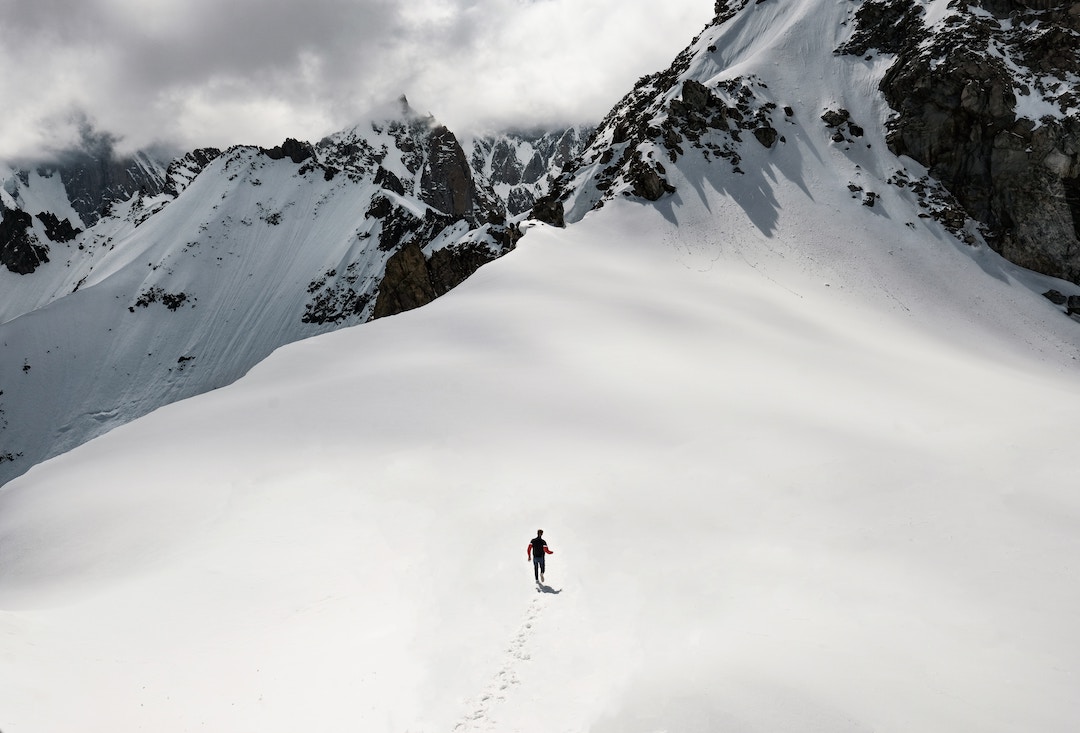High altitude trekking has been around for decades. Ever since we laid eyes on the world’s most impressive mountain tops, it’s been our dream to reach the summit. It’s really no surprise high altitude hikes have maintained their popularity over the decades!
But preparing for a high altitude hike is no walk in the park. Many people underestimate the effects of altitude on the body, leading to an uncomfortable and sometimes dangerous situation. Without proper training and preparation, what could be a once in a lifetime experience can quickly turn into a massive disappointment – or even a major health risk.
But rest assured, there are things you can do and precautions you can take to ensure whichever adventure you go on, the end result is a comfortable, fun, and a successful summit.
What is “high altitude” really?
Simply put, to be considered a high altitude trek, the route must reach above 2,400 meters (7,874 feet). Why? Because that’s the height that your body will start to physically notice the change in altitude. As you reach higher and higher altitudes, the air pressure begins to change. This change in air pressure leads to less oxygen in the air for you to breathe. With a decreased oxygen supply, your body starts to function a little less efficiently than it does when you have a normal, healthy supply of oxygen. Without time for acclimatization, the change in altitude can become a dangerous issue and lead to more complicated issues such as Acute Mountain Sickness.
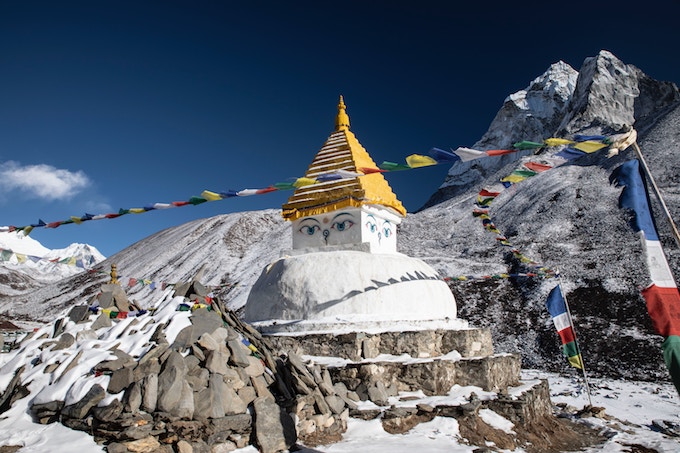
What is acclimatization?
For anyone thinking of embarking on a high altitude trek or hike, it’s imperative that you understand the importance of acclimatization. By definition, acclimatization is “the process in which an individual organism adjusts to change in its environment.” For hikers, this is the process of allowing your body to slowly adjust to the change in altitude, helping you maintain a level of comfort and performance once the environment does start to change.
Take Mount Everest as an example. To successfully reach Everest Base Camp, hikers will need to slowly increase their altitude by a specific amount each day. This often means spending two to three days as specific locations in order for the body to adjust before moving to higher altitudes. If one tried to summit Base Camp without these “adjustment periods,” the results could be extremely dangerous.
What does Altitude Sickness (AMS) feel like?
For some, reaching higher altitudes seems to have little to no effects on the body, while others feel sick for days. It’s impossible to know how your body is going to respond, so it’s a good idea to know what symptoms you should be aware of before tackling a high altitude hike.
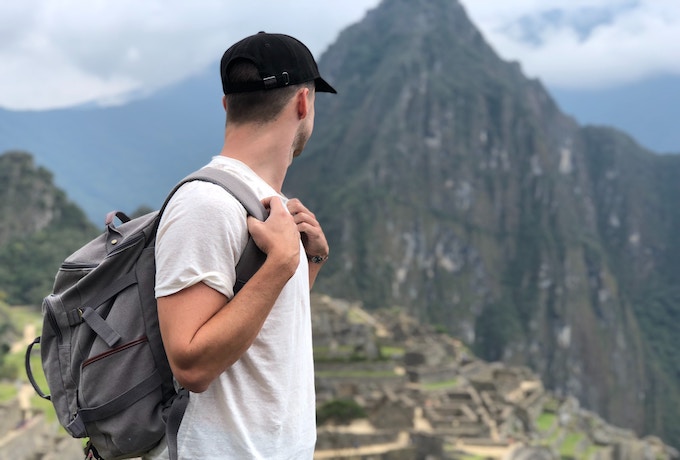
Common symptoms of AMS
- Headache
- Loss of appetite
- Difficulty sleeping
- Dizziness
- Nausea or vomiting
- Confusion
- Extreme tiredness
- Increased heart rate
- Shortness of breath
If you experience any of the symptoms above, it’s important to tell your hiking guide as soon as possible. In most cases, the only way to improve the symptoms of AMS is to descend to a lower altitude. “Pushing through it” isn’t safe for you or your hiking party.
How to prepare for the change in altitude
Changes in altitude affect everyone differently, making it hard to say what will work for each and every person. There are a few tips, tricks, and products that will make your route to the summit more comfortable, safer, and more successful.
Things to buy/bring
- Make an appointment with your family doctor before your trip and ask about high altitude medication. There are a few options you could explore that will reduce the risk and severity of AMS symptoms.
- Ask your hiking company and hotel if they offer oxygen. Many companies that specialize in high altitude hikes will come with a supply of oxygen. This will help your body take a break from the lower oxygen levels should you need it.
- Consider investing in a high altitude sleep mask. Altimate High Altitude Sleep Masks are designed to regulate your body’s natural breathing pattern while you sleep. This helps reduce headaches, leads to better sleep, and makes an overall happier hiker.
- Remember to bring warm clothes. The higher you hike, the colder it gets. The combination of altitude and temperature changes can be extremely rough on your body, so be prepared to bundle up.
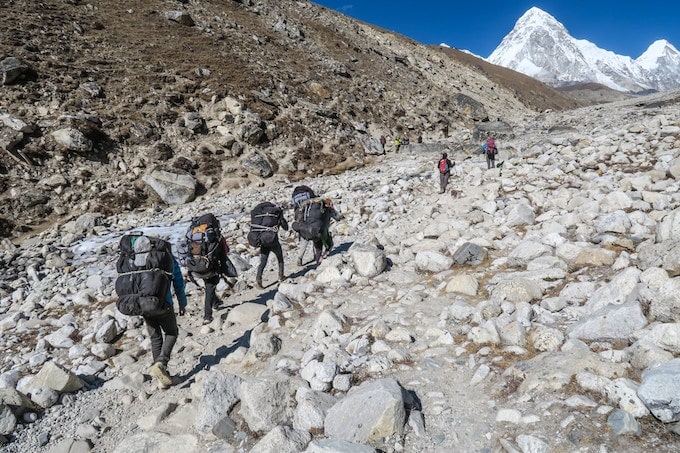
Things to do (and not do)
- Take your time. The worst thing you can do is try to tackle huge leaps in height without any time to adjust. Ascend gradually, increasing the altitude steadily day by day.
- Find your rhythm. Your pace will likely need to slow down in order to accommodate the lack of oxygen in your body, so don’t push yourself. Slow and steady makes it to the summit.
- Don’t drink alcohol. At high altitudes, it’s vital that your body stays hydrated and booze will do the opposite. Try and wait until your hike is over before you celebrate with a glass of wine or a cold beer.
- On a similar note, drink lots and lots of water. Water is one of the greatest secrets to reducing the symptoms of altitude sickness as it keeps your body hydrated.
- The day before your hike, eat a rich, high-carbohydrate meal. It will give your body the fuel to adjust to the physical elements of the hike.
And the most important tip of all: have a good time. Don’t forget to take lots of time to relax and enjoy the views. Your way up the summit will have some of the most beautiful, sought-after sights in the world, so don’t forget to stop and smell the roses on your way up.
What are some of the most popular high altitude hikes?
There are high altitude treks all over the world, each beautiful and unique in their own way. However, some always turn out to be the most popular amongst travellers and adventurers. Here are the current top four:
Inca Trail
- Location: Cusco, Peru
- Altitude: 4,215 meters
- Difficulty: Moderate
- Timeline: 3 to 5 days
Mont Blanc
- Location: Italy/France
- Altitude: 4,808 meters
- Difficulty: Moderate
- Timeline: 8 to 10 days
Mount Kilimanjaro
- Location: Tanzania, Africa
- Altitude: 5,895 meters
- Difficulty: Hard
- Timeline: 5 to 10 days
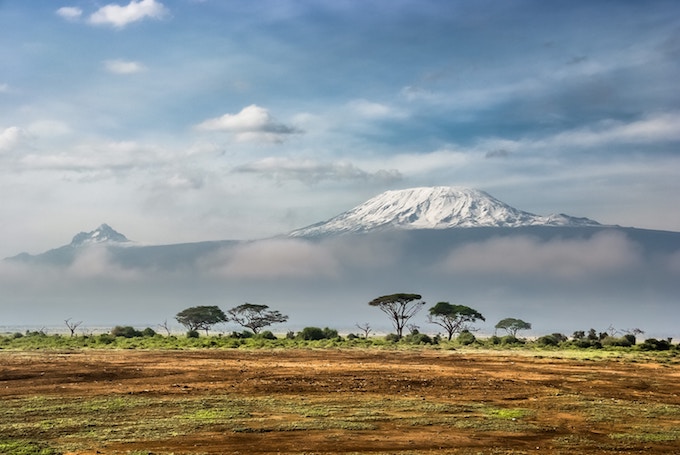
Everest Base Camp
- Location: Lukla, Nepal
- Altitude: 5,380 meters
- Difficulty: Hard
- Timeline: 10 to 15 days
Many high-altitude hikes are experiences that travellers dream of for their whole lives – but if you don’t properly prepare for your adventure, you could be spending your entire trip recovering! Preparation and training go a long way, and will help ensure that your dream trip remains picture-perfect.
What are your tips for hiking at high altitudes?

